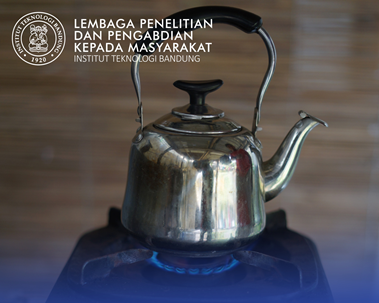

Prasandi Abdul Aziz
This study evaluates the LSWI project’s economy using PSC and Gross Split and then to be compared to conventional waterflooding (WF) project’s economy. There are four cases on Field X that are simulated using a commercial simulator for 5 years. The first case is Base Case with no injection water, the second is conventional waterflooding with the salinity of injected water is 25000 ppm, the third is LSWI with the salinity of injected water is 1000 ppm (LSWI 1), and the last case is LSWI with the salinity of injected water is 2000 ppm (LSWI 2). Then, the cases are evaluated under PSC and Gross Split to calculate the project’s economy. The economic indicators that will be evaluated are the Net Present Value (NPV) and sensitivity analysis is also conducted to observe the change of NPV. The parameters for sensitivity analysis are Capital Expenditure (CAPEX), Operating Expenditure (OPEX), Oil Production, and Oil Price. The parameters value will be varied ranging from 70% to 130%. The NPV of Base Case, WF, LSWI 1, and LSWI 2 using PSC scheme are 493.6, 399.5, 410.3, and 405.5 thousand USD respectively. The NPV of Base Case, WF, LSWI 1, and LSWI 2 using Gross Split scheme are 539.5, 513.0, 557.1, and 553.1 thousand USD respectively.
Penerapan Karya Tulis
There are currently two fiscal regimes designated for resource allocation in Indonesia’s upstream oil and gas industry, the Production Sharing Contract Cost Recovery (PSC) and Gross Split. The Gross Split in the form of additional percentage split is designed to encourage contractors to implement Enhanced Oil Recovery (EOR) in mature fields. Low Salinity Water Injection (LSWI) is an emerging EOR technique in which the salinity of the injected water is controlled. It has been proven to be relatively cheaper and has simpler implementations than other EOR options in several countries.